Tell us about your approach to photography. How it all started? What are your memories of your first shots?
Sue-Elie Andrade-Dé (SE): Photography is a mean to me, a language that allows me to express myself, to communicate poetically. That why I don’t really consider myself as a photographer, in the strict sense of the term, but more as a visual artist that uses photography as her main material to create.
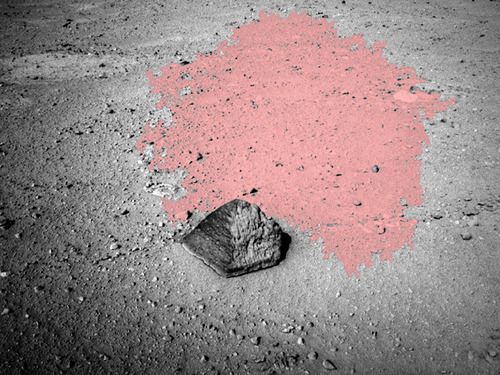
© Sue-Elie Andrade-Dé
I always loved to photograph my friends & family, nevertheless, I started using Photography as a part of an art process rather late, even if I come from an artistic background. I used to draw, paint, sculpt, make collages and write a lot during my studies. I really started being interested in Photography in University when I began a class of analogical photography. That’s when all the fascination started. I was really moved by all the chemical process of “revelation” of the latent image, it was like dealing with ghosts.
I remember my first shots were of my close friends, I used to do a lot of portraits of them asleep. And I remember the first time I developed a film and made a print out of it, the greys and grain of the picture took me inside a brand new world of possibilities and imagination. That’s when I understood Photography could express more than words. So then, I started to use it in my work.
How did your research evolve with respect to those early days?
SE: Well, nowadays my work is still really personal and linked to my experience of life, like all artists I guess, but compared to those early days, I opened my field of creation to other medias that I sometimes cross with each other. Now I use video, sounds, poetry and new medias in order to develop new approaches of my work. I can say that now I am more sure of what I need and how I want to make it.
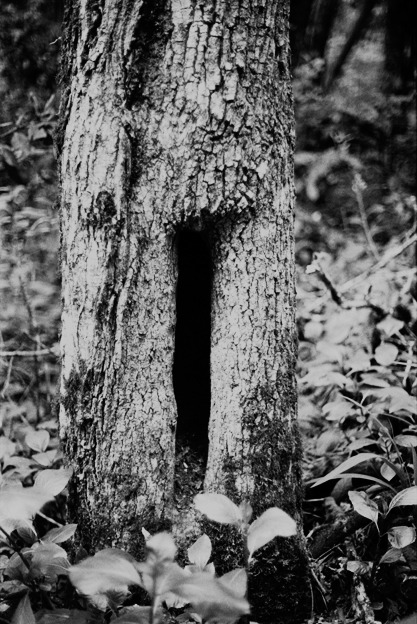
© Sue-Elie Andrade-Dé
My work questions an offset representation of the world and of the landscape, but also people that surrounds me, people I know or meet.
Tell us about your educational path. You have studied at Ecole Nationale Supérieure de la Photographie. What are your best memories of your studies. What was your relationship with photography at that time?
SE: Indeed, after my graduation in Fine Arts at La Sorbonne, Paris 1, I entered at ENSP. Most of my memories of Arles are good ones. At that time I was a “beginner” in Photography and I had a lot to learn about its History, its aesthetic aspects and technical ones.
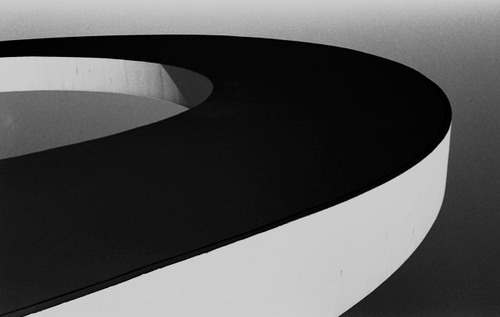
© Sue-Elie Andrade-Dé
The best part of being a student of ENSP is to be able to be entirely focused on your personal projects during three years. We also have the privilege to be in contact with teachers, photographers and curators from all over the world that are invited to make lectures. It is really stimulant and allows us to make great encounters.
And every summer, we have the chance to be in the heart of one of the biggest festival of Photography, Les Rencontres Internationales de Photographie, what is a big privilege.
What were the courses that you were passionate about and which have remained meaningful for you.
SE: Well, mostly lab courses and theory of aesthetic. But what I enjoyed the most was the workshops we had with photographers, and what they used to call “Séminaires critiques” that were sort of debates we had with teachers and students about each one’s work in progress.

© Sue-Elie Andrade-Dé
Nowadays, I still try to discuss my work with other photographers, friends and familiars, and I still consider the lab as my playground of experimentations. It is really important for me to have a feedback, whenever I am working on a new project, they help me to stand back and look my work from another point of view.
Any professor or teacher that has allowed you to better understand your work?
SE: Many of the teachers and Photographers I met during my studies helped me to objectify my work and to be constantly questioning it, each one of them in a different way: Jean-Christophe Bailly, Arnaud Claas, Christian Milovanoff, Muriel Toulemonde, Jeffrey Silverthorne, Manuela Marques, André Cepeda, Elina Brotherus…(as a non-exhaustive list of course).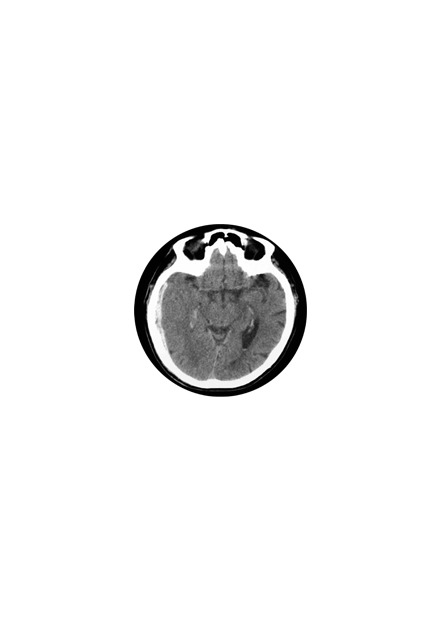
© Sue-Elie Andrade-Dé
You’ve participated as well to artistic residence, like the one at SENAC in São Paulo. Tell us about these experience in general and how it affect your personal research.
SE: This residence was a post-diploma organized by the ENSP in Arles & the SENAC in São Paulo. It was my first experience in South-America and my first long-haul flight on the other side of the Altantic. It was an important moment in my life. It is the least I can say, because I am now living in Brazil.
It was really a chance to be able to spend 3 months in a foreign country and develop a new project. From that residence came out two projects: Mexico 70 about a favela of São Paulo’s coast and Córrego Segredo about the dry season in the Pantanal, a wetland nature reserve threatened by the global warming.
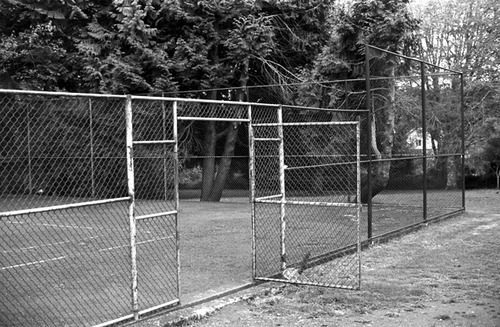
© Sue-Elie Andrade-Dé
As I can see you got the chace to exhibit your work in many shows. Any particular advice for young photographers aspiring to display and exhibit their work without drowning in the ocean of images in which we daily swim?
SE: The good way to start to exhibit your work is to participate on call for projects, emerging photography festivals and so on. But you need to be selective and focus yourself on the ones that fits your work, because it takes a lot of your energy and money to participate on this kind of things and sometimes we are disappointed when the result comes out. But you can’t stop trying. Also because it helps you to organize your work, to exercise you about how to talk about it. And really it is not an easy task.
So my advice is: only send your work when it is ready to be shown and when you can explain it!
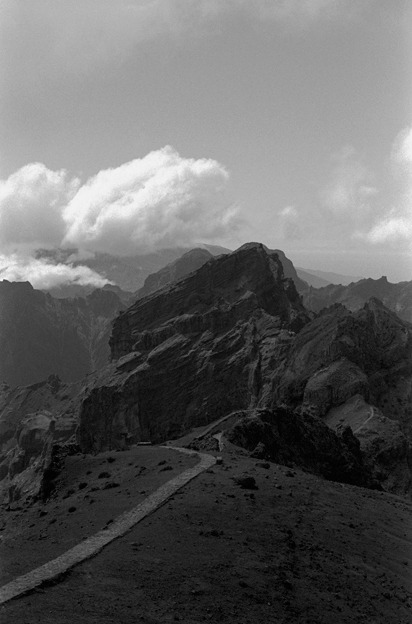
© Sue-Elie Andrade-Dé
About your work now. How would you described your personal research in general? Tell us about your main interests and what projects you have worked on in recent years.
SE: I develop a poetic work where different layers of meaning overlap themselves. I consider it as an open artistic process where the material can vary between photographs, archives, videos and interactive installations. The search field is located between the visible through the study of the landscape and territory, and the invisible, more attached to my relation with people, and through personal stories, poetry and imagination.
My work is divided into three interrelated ‘topics’ of research that I entitled “Invisible Geographies”, “Layered perception” & “Poetry”. These last years, I have been working on a few pieces like Yuj an immersive interactive installation I did for the Digital Art Festival OBS/IN in Arles, Genesis a short video piece and a book project entitledTopographies du Mensonges on which I am still working, among others.
Every project is a long time process.
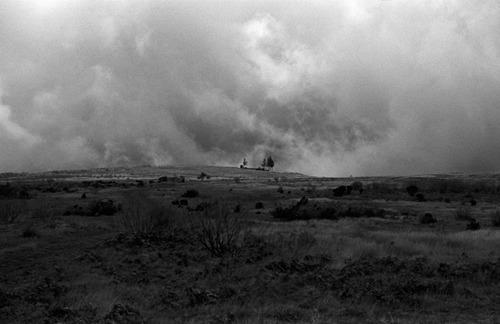
© Sue-Elie Andrade-Dé
Projects that you are working on now and plans for the future?
SE: As I said above, I am working on a book project entitled Topographies du Mensongesand a body of images entitled Database. I hope I would be able to publish Topographies du Mensonges until the end of fall 2014.
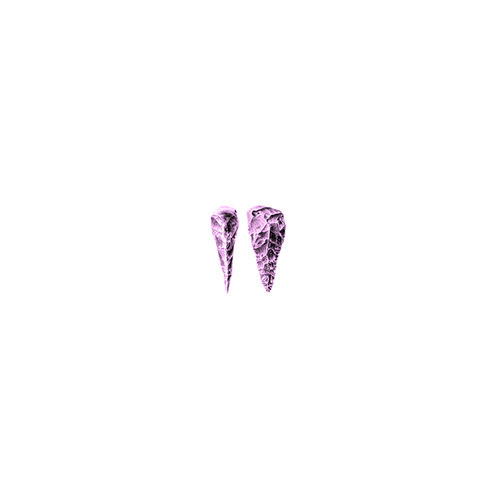
© Sue-Elie Andrade-Dé
I am also involved with collective project curated by Steve Bisson entitled Decrescimento. It is a group of young photographers working on particular aspects of the city of São Paulo. My project in this group is focused on a performance that I am going do in determinated parts of the city in order to create meeting points for the citizens. Through this performance I would question the lack of places to rest, wait someone or just contemplate in the city.
I am also working on a project as a curator in order to promote international emerging photographers that I am keeping secret for now but will be able to talk about it soon, so stay tuned!
Do you have any preferences in terms of cameras and format?
SE: I mostly use a Nikon FM2 & a Hasselblad. But I also often use my cellphone and screenshots.
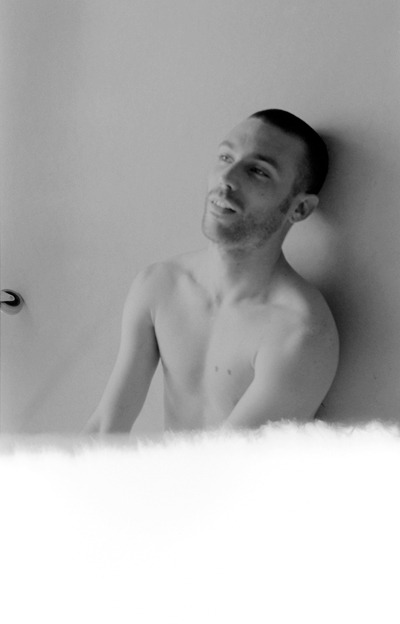
© Sue-Elie Andrade-Dé
You also had the chance to publish book and zines. Can you talk about this process?
SE: About the few publications I had the chance to have, what I can say is that I am grateful to those who gave to my work the possibility to be known and promoted.
In the case of the hand-made books and zines they are all self-published. I started doing my own books when I was studying in Arles. We had the chance to make a workshop about how to make our own books, from the layout until the fabrication by hand. So it’s been now almost four years that I am making all kind of hand-made publications: books, zines, leaflets, cards etc.. It is for me the best support for photographs as it lasts more than an exhibition and is easily sharable.
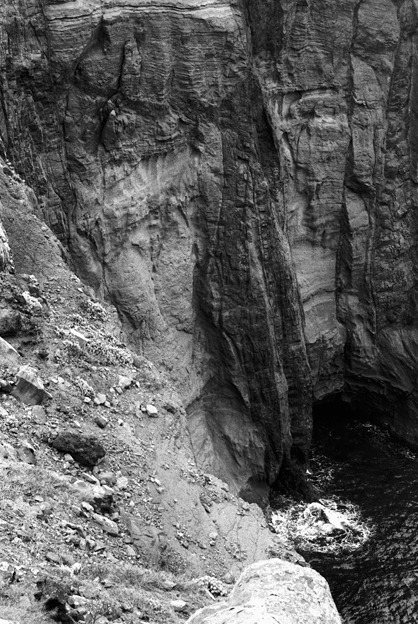
© Sue-Elie Andrade-Dé
Lately I created a kind of label called IAMNOTFRENCH with which I sign my zines. My zines are a platform for freedom, a support for creating and sharing without the complexes and dictates of the art market.
Three books of photography that you recommend?
SE: Oh god, It’s hard to be so exhaustive when you are a book lover but I’ll shoot: Marten Lange, 'Another Language', Taryn Simon, 'Kaleidoscope of Entropy', Wolfgang Tillmans, 'Neue Welt'.
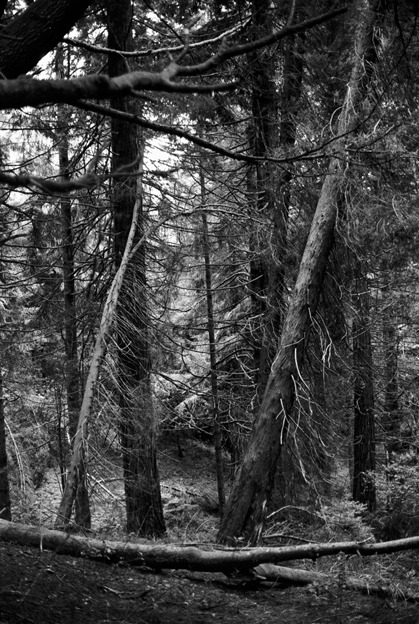
© Sue-Elie Andrade-Dé
Is there any contemporary artist or photographer, even if young and emerging, that influenced you in some way?
SE: It is difficult for me to name an artist in particular, but I would rather say that some projects of artists or some way of working influenced me at some point of my research.
For example the way that Broomberg & Chanarin and Wolfgang Tillmans make books is really interesting for me, and whenever I am confronted to a book project, I take some of their books as references, they inspire me in a way.
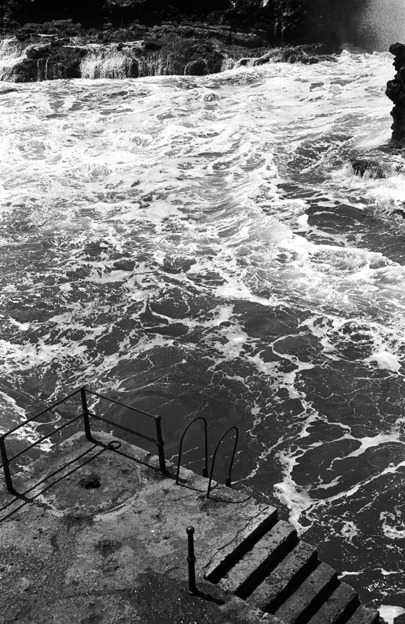
© Sue-Elie Andrade-Dé
Wolfgang Tillmans also interests me because of the way he varies the printing supports and the way he displays it on the wall or on the table. I don’t really do such things in my own work but I feel that is something that is always on my mind when I work on an exhibition, it exists as a possibility, a kind of source I can feed on.
I have the same approach with Taryn Simon’s work. I admire the way she synthesizes very complex ideas and facts and find very efficient formal solutions.
The dedication Marina Abramovic has to her art is also a reference to me. Pedro Costa’s movies, Lucian Freud’s painting, E.E cummings’s poems, Philipp Glass’s music, Georges Didi-Huberman’s books etc, etc.
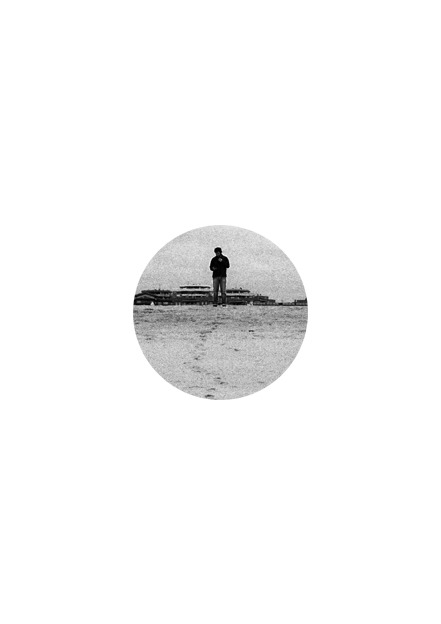
© Sue-Elie Andrade-Dé
Is there any show you’ve seen recently that you find inspiring?
SE: The last two shows I’ve seen recently and that I found inspiring were a show of Luigi Ghirri, “Pensar por Imagens” at Insituto Moreira Salles and a show of Alberto Garcia-Alix, “Autorretratos” at SESC Consolação, and a video in particular entitled “De onde no se vuelve”, both in São Paulo, Brazil.
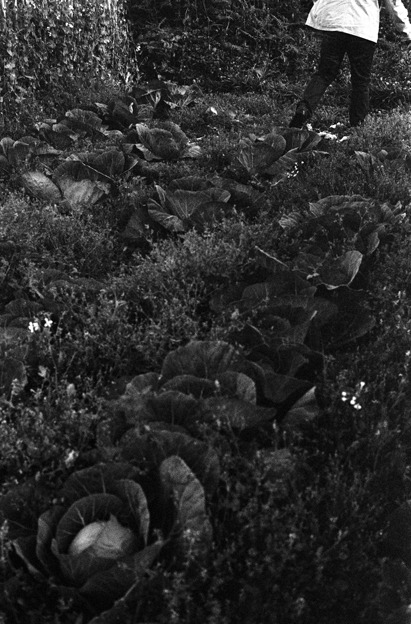
© Sue-Elie Andrade-Dé
Garcia-Alix’s video was really interesting in its format and simplicity. It was a slideshow of photographs from his early days until now accompanied by his voice that makes us realize how life is a process made of good or bad choices that make us who we are.
Ghirri’s work for me is a lesson of simplicity, he show us how “less in more” in his pictures : Small prints, ordinary subjects, standard color films, etc. It reveals the incredible potential of imagination that a picture can give you. Each picture is a door to a brand new world. I love the way he photographs landscapes, not trying to make another typology, but depicting it with his feeling in a sort of sentimental geography.
---
LINKS
Sue-Elie Andrade-Dé
Portugal
share this page